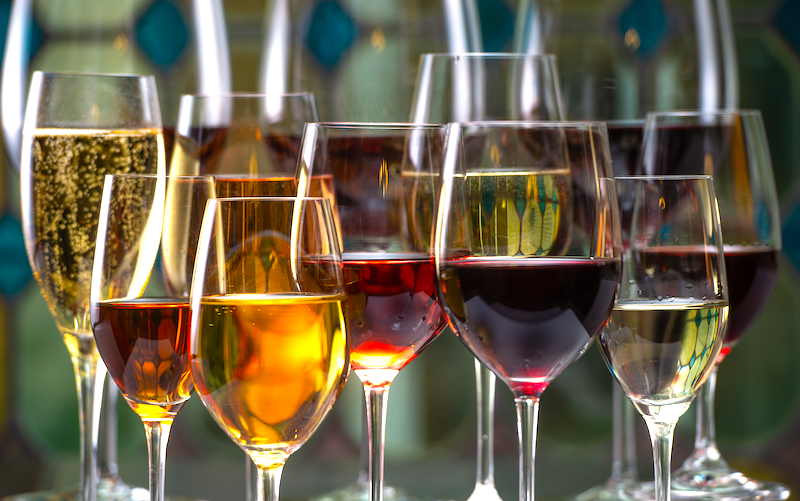Wine with little or no alcohol is referred to as non-alcohol wine. Non-alcoholic wine possesses the same structure, aroma, and flavor as alcoholic wine. However, the non-alcohol wines are produced very similarly to alcoholic ones and are also the same in other parameters, and thereby a large section of health-conscious people find it appealing. The market is projected to grow to USD 4.5 billion during the forecast period.
The growing health beverage entrepreneurs are aggressively marketing the health benefits of consuming alcohol-free beverages, including wines. They are investing heavily and targeting a prime segment of the population. As people are highly reducing their sugar intake, cutting down their calorie consumption, it’s no surprise that the global nonalcoholic wines market is likely to grow exponentially during the forecast period. In addition, the nonalcoholic wines market is likely to see unprecedented growth due to the innovation and advancements in processing technology; thereby, manufacturers are focusing on launching premium, authentic, and flavored alternatives.
However, manufacturers are focusing on simplified vocabulary, clever visuals, and vivid colors to evolve the interest of people towards nonalcoholic wines. Packaging plays a vital role, and thus the growing trend of reconsidering the shape, size, and packaging material will further accentuate the growth significantly. However, the increased online sales of nonalcoholic wines are likely to contribute immensely towards the market growth in the forthcoming years. A new coalition of spirit, beer, and wine manufacturers, and top retailers, has bestowed the industry’s first safeguards for worldwide online alcohol sales, which has significantly spiked to a third in 2020.
The nonalcoholic wines market can be segmented into sales channel, packaging, product, and region.
By sales channel, the market can be segmented into restaurants & bars, liquor stores, supermarkets, and online stores.
By packaging, the market can be segmented into nonalcoholic wine cans and bottles.
By product, the market can be segmented into sparkling nonalcoholic wine and still non-alcoholic wines.
Europe accounts for the largest share in the global nonalcoholic wines market due to the rapid advancements in manufacturing equipment along with liquid processing technology in the region.
Asia Pacific is likely to hit a significant growth rate over the forecast period due to the rising consumer spending along with a growing number of health-conscious people in the region.
Some of the significant players in the global nonalcoholic wines market are Nigeria Distilleries Limited, Fre Wines, Veleta Wines, Future Trade Inc., Pierre Chavin, Intercontinental Distillers Limited, Astoria wines, Eastern Distilleries & Food Industries Limited, J. Lohr Vineyards & Wines, and Spirits & Wine. To cite, E. & J. Gallo Winery, a US-based company, announced to acquire more than 30 wine brands from Constellation Brands, Inc. in 2021.
Get Sample of this Research Report – https://www.marketresearchstore.com/sample/global-non-alcoholic-wines-market-report-2020-industry-763303
